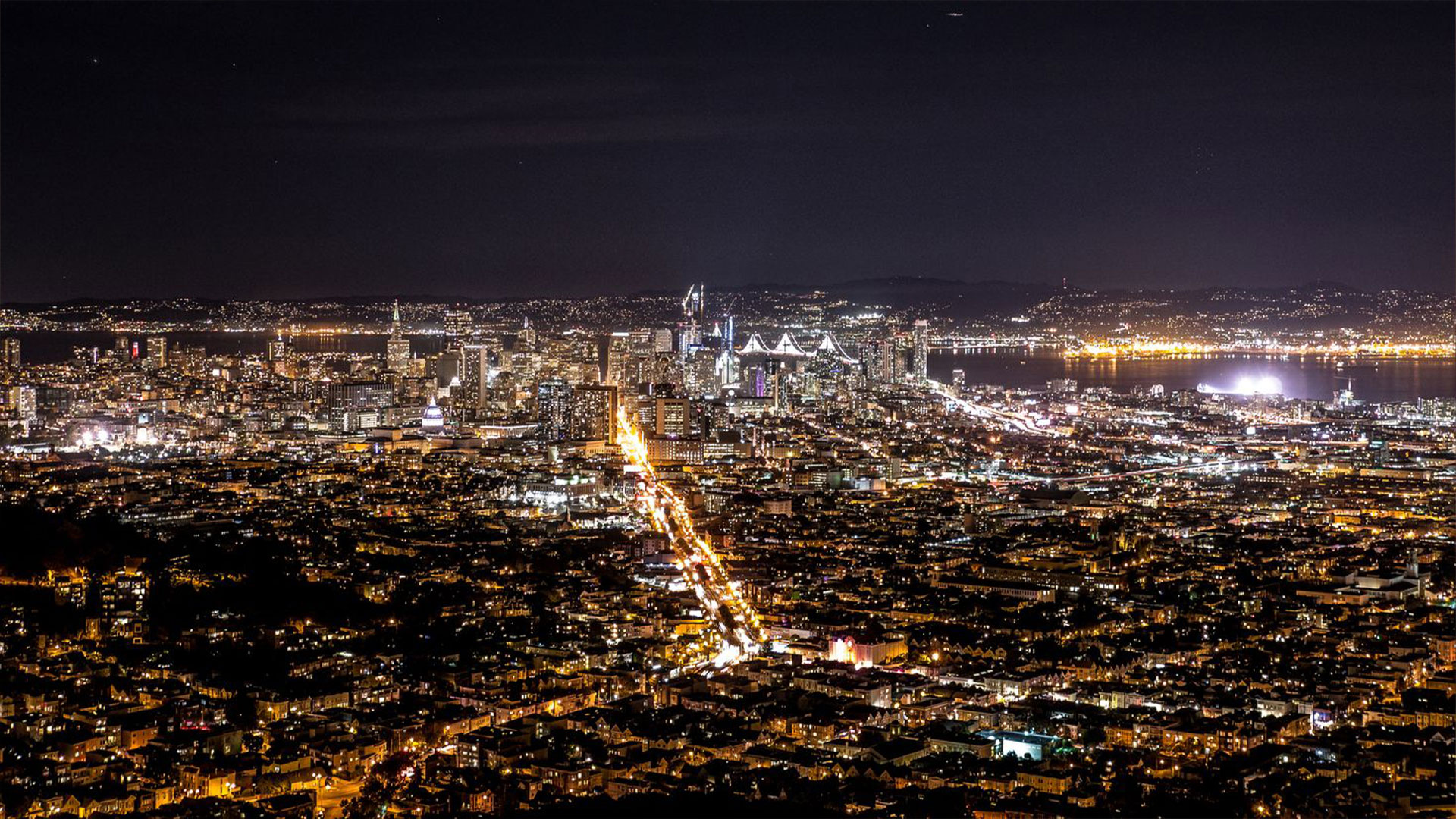Brilliant
Isn't it fun to look at the world from afar? Cities wink at us with a bright carnival atmosphere. Getting to know other countries and going to other cities has always been exciting. We can't wait to see the illuminated cities from the window of the plane, and to step into that illuminated world as soon as the wheels of the plane touch the runway.
Cities like Tokyo and New York hypnotize us with their colorful screens and fascinating atmospheres. A different charm remains on every giant screen, and a different effect remains in our minds in every light play. Of course, it is debatable whether this much marketing and so many sources are true, but in some channels, illuminated signage is almost without alternative.
.jpg)
It is not possible to finish with counting the usage areas of the signs. With the industrial revolution that started in England in the 19th century with wood, plastic, metal and similar materials, the plates that companies hung in their workplaces in order to introduce themselves and explain their work are called signboards today.
Technology and habits have also changed signage design and technologies over time. Illuminated, moving and different design signs are now used in every sector. Although it is now outdated, some cities still continue to support the existence of neon lighting with their architectural rules. Nelson Algren named his 1947 short story collection "The Neon Wilderness". Margalit Fox, about the period “2. After World War II, the art of bending colored tubes was disappearing, as fluorescently lit plastics replaced neon lamps.” says. That dark period lasted until the 1970s, when artists re-adopted the use of neon. In 1979 Rudi Stern published his manifesto: "Let There Be Neon". In 2005, on the 90th anniversary of George Claude's patent, Marcus Thielen said, “The demand for neon and cold-cathode use in architecture is growing, and the introduction of new technologies such as fiber optics and LEDs into the signage industry is strengthening the use of neon rather than replacing it. ”
.jpg)
Today, signs produced from plexiglass, which are expressed as box letter signboards, are popular because they are produced quickly, cost-effective and visually stylish. Plexi box letters are separated according to the type of light. It is decided and produced according to the usage areas with reflectable light from different points and angles.
Plexi box letter plexiglass sheets are cut with a cnc router or cnc laser and brought into the desired form, and then turned into a box by handwork and chloroform with tape in the desired dimensions on the inner and outer edges. Plexi box letters are produced by casting by pouring color codes in plexi pools. There are many color options, if desired, special casting can be made according to Ral code color or CMYK color. It can be manufactured with or without light. The most important feature that distinguishes the plexi box letter from other materials is that it reflects light homogeneously and is light. The material, also called Plexiglass, is softened by heating and put into the desired form. It is also used as glass because it is more difficult to break than glass in many places.



